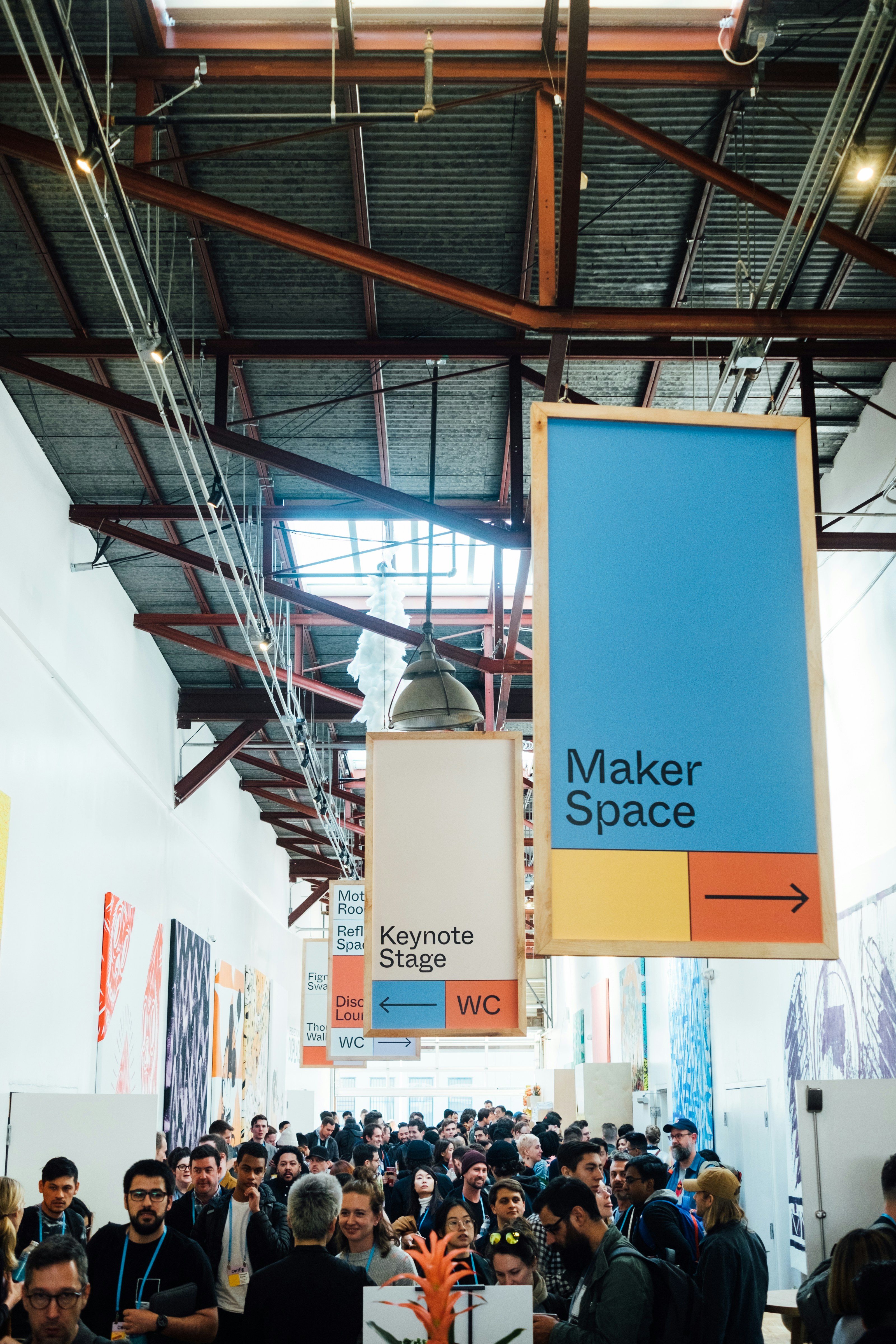The People App
The People App
The People App
Mobile App
Role
Sole Designer
Side Project
Year
2019
Overview
In 2019, I co-founded The People App with two developer friends to solve a fundamental problem: we’re surrounded by potential connections every day, yet we rarely know anything about the people around us. Our app aimed to change that by making real-life networking seamless and natural.
We built a working prototype, tested it with small groups, and secured interest from Silicon Slopes, a major tech conference, to use our app at one of their smaller events. If successful, they were prepared to roll it out at their flagship event with 15,000+ attendees. Unfortunately, our trial event was scheduled for Spring 2020—right when the pandemic shut everything down. The sudden shift to remote work erased the need for in-person networking, making our app obsolete overnight. It might have been the worst timing ever.
The Concept: What is The People App?
The People App was designed to facilitate real-life connections based on location. The app worked by showing a Tinder-like profile of the people nearby—whether at a conference, co-working space, gym, or coffee shop—allowing users to discover potential professional contacts, mentors, or shared-interest connections.
Why This Matters
We all see the same people regularly—at the gym, at coffee shops, at work events—but rarely know anything about them. Our app aimed to bridge that gap by giving users a simple way to discover and connect with valuable contacts:
The woman at your gym every morning? She might be the hiring manager at your dream company.
The guy sitting next to you at lunch? He might be an expert at the new hobby you're getting into.
The person standing behind you at a networking event? They might be your next business partner.
Our goal was to connect people in real life in meaningful ways—whether that meant landing a better job, finding a mentor, or meeting someone with shared interests.
Key Challenges & Problems to Solve
1. Privacy & Comfort
Would users feel uncomfortable knowing that others nearby could see their name and job title?
2. Always-On Location Sharing
Would users be willing to share their location persistently, even when not actively using the app?
3. Social Boundaries
Would people actually want to be approached at the gym, coffee shop, or lunch? Or would they prefer to be left alone?
4. Profile Completion & Engagement
Would users take the time to complete their profiles with useful information (e.g., job title, company, interests, and a professional photo) to make connections more meaningful?
5. Scale & Adoption
The app wouldn’t be effective unless a significant number of people in one location were using it at the same time.
How We Addressed These Issues:
Onboarding: Privacy & Professionalism
To ensure quality connections and deter unwanted behavior, we designed onboarding to set the right tone and expectations:
✅ Users signed in with LinkedIn or Facebook → This ensured legitimacy and reduced fake accounts.
✅ We pulled in their first name, photo, job title, and company → Required for professionalism.
✅ If they were in school, we asked for their university → Ensured relevance for students.
✅ Users could add a bio (optional) → Allowed personal customization but kept control in the user’s hands.
This structured onboarding helped signal that The People App was a tool for professional networking, not casual socializing or dating.
Go-To-Market Strategy: Conferences & Trade Shows
Rather than trying to grow organically in everyday locations, we targeted conferences and trade shows as our entry point for three key reasons:
1️⃣ Instant Scale – With thousands of attendees in one location, adoption wouldn’t be an issue if the event promoted the app.
2️⃣ High Intent to Connect – People attend conferences to network and meet new connections, making them ideal early adopters.
3️⃣ Monetization & Validation – If event organizers paid for the service, it would validate the idea and position us for future fundraising.
In January of 2020 we had Silicon Slopes on board to test our app at a small event, and if successful, roll it out at their main event with 15,000+ attendees.
Unfortunately, the pandemic canceled the trial, and in-person networking was put on hold indefinitely.
Lessons Learned & Takeaways
Even though the pandemic stopped the app in its tracks, the project provided invaluable insights into real-world UX, business strategy, and user behavior:
Solving the right problem matters as much as execution. The concept was strong, but timing and external circumstances play a huge role in success.
User privacy & behavior need to be carefully considered. People love networking—but not necessarily at all times and places.
Adoption at scale is critical. The app needed a critical mass of users in one location to work, making initial growth strategies essential.
Go-to-market strategy matters. Our focus on conferences and trade shows was the right approach, but unforeseen events (the pandemic) can disrupt even the best-laid plans.
While The People App never launched at scale, it was a valuable experience in product development, market strategy, and understanding user psychology in social networking apps.
Final Thoughts
The People App was an ambitious attempt to bring real-world connections into the digital age. It tackled key challenges in privacy, social behavior, and networking adoption, and had real potential—until the world shut down.
While we ultimately sunset the project, the lessons learned continue to inform my approach to building scalable, user-focused products today.




